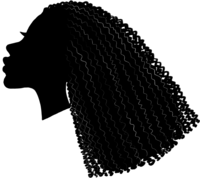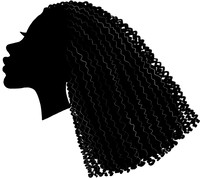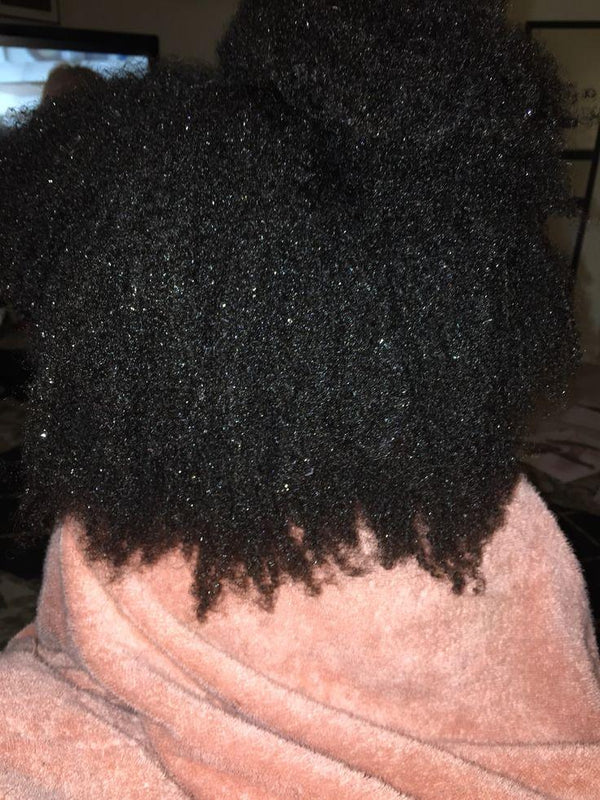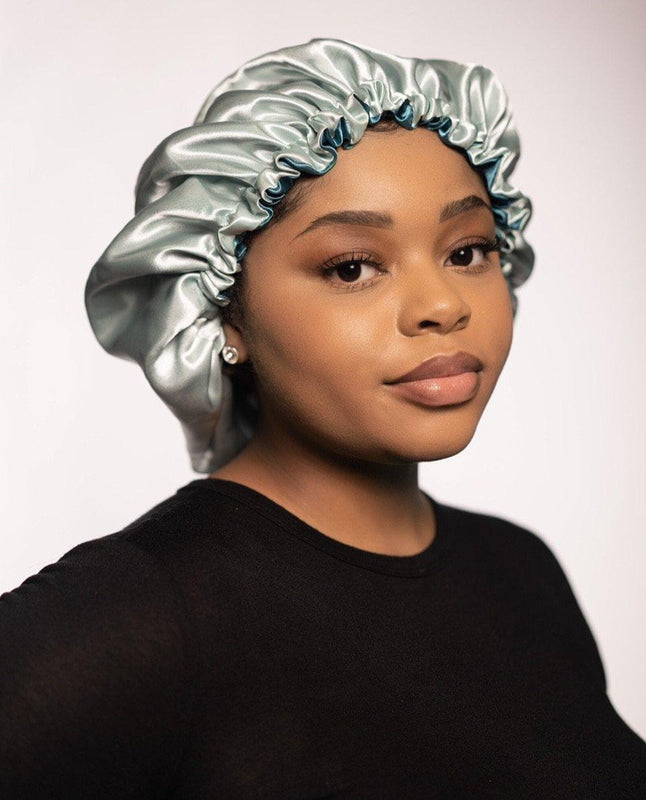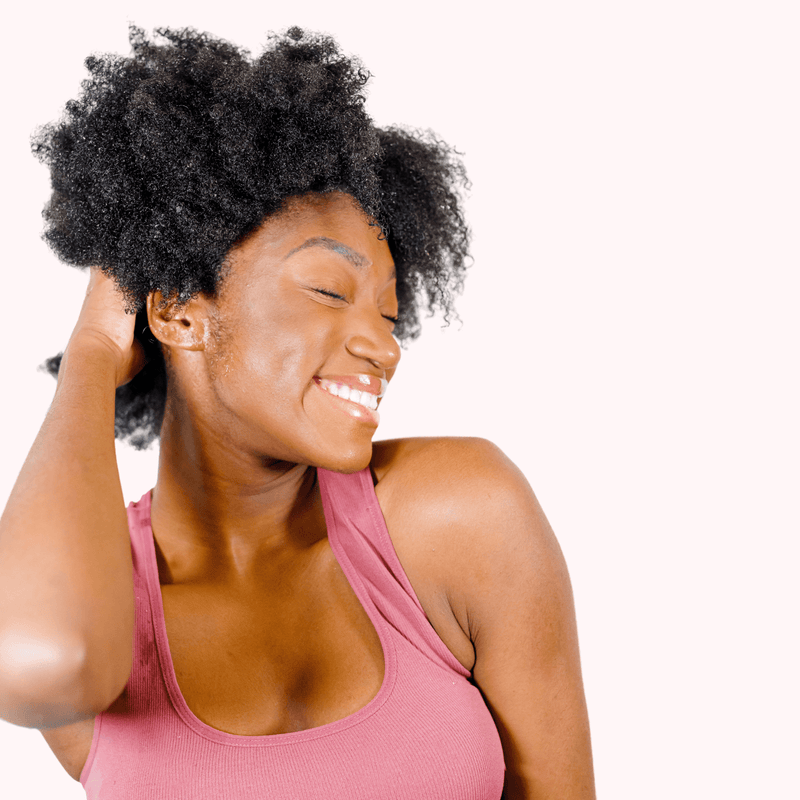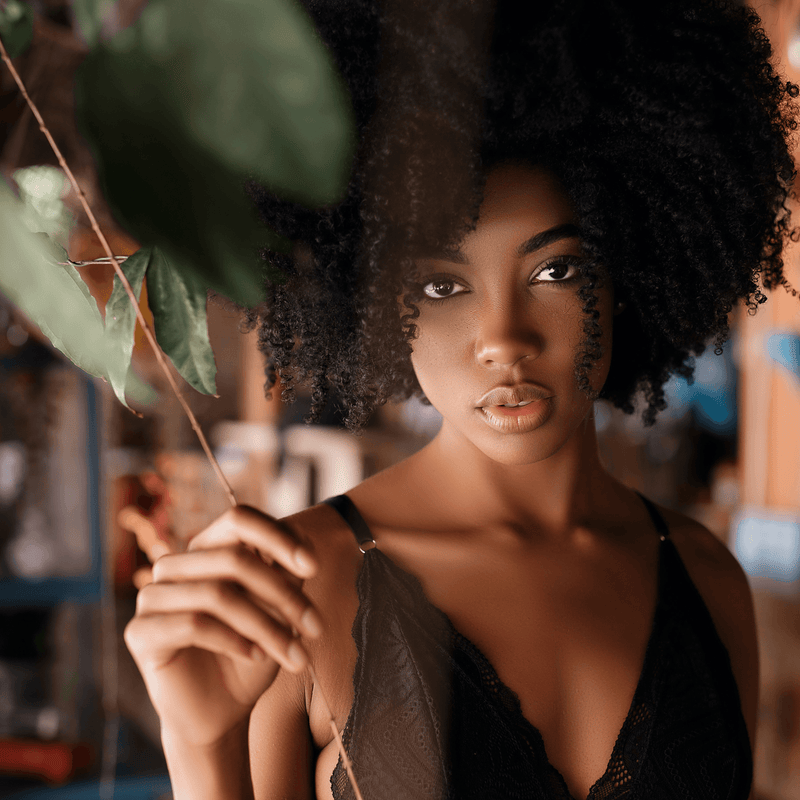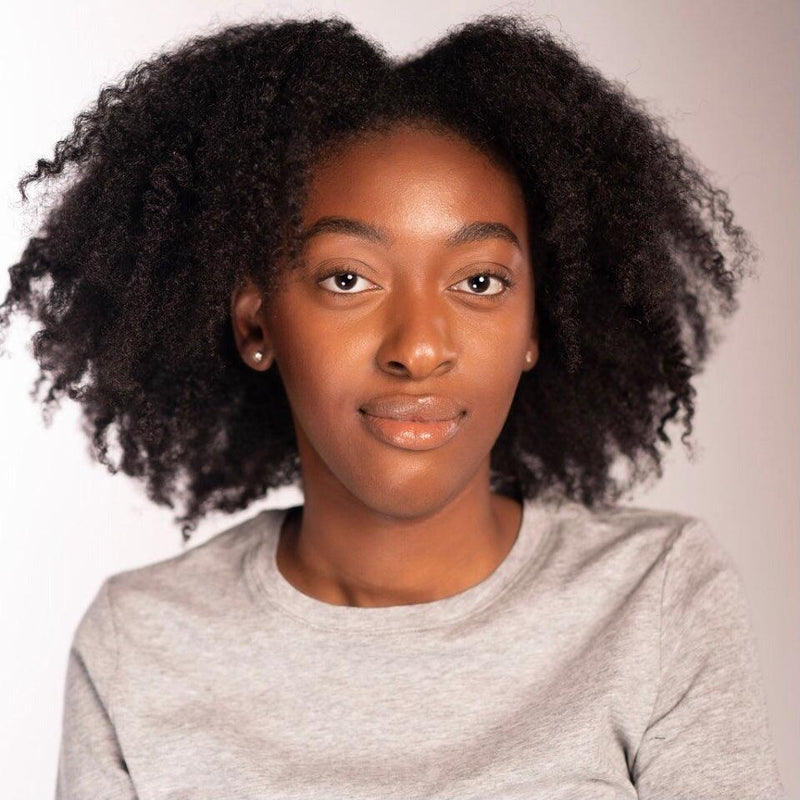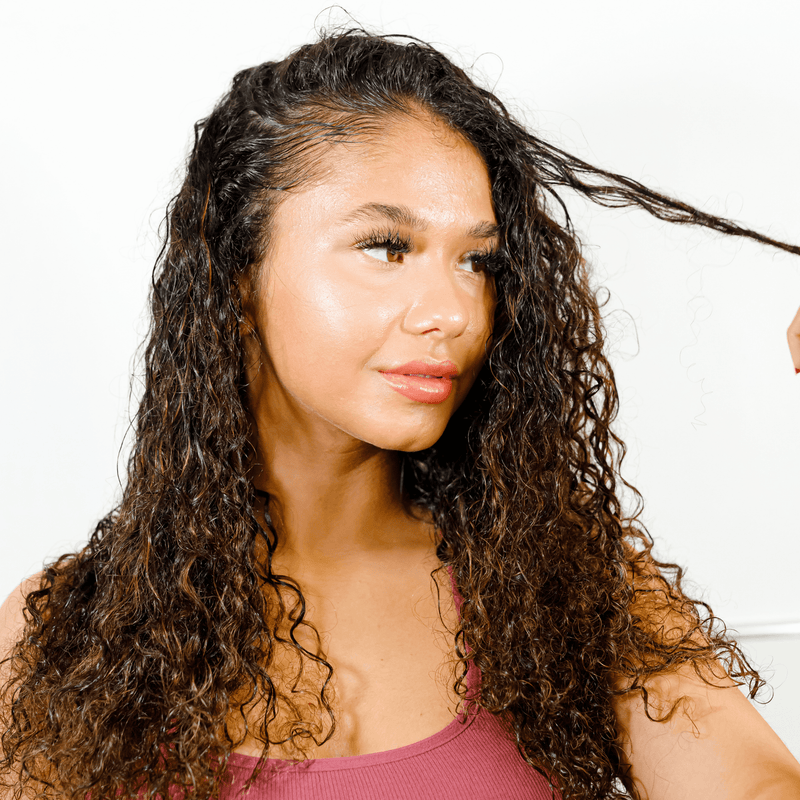

A study conducted by Boston University's Slone Epidemiology Center involving more than 5,000 Black women discovered that almost 50% suffered from hair loss. This occurs most often on the crown or the upper area of the head.
There are many reasons for hair loss, such as childbirth, stress, genetics, iron deficiency, or issues with the thyroid gland. But black women have an inherent disadvantage, and that is because afro hair has a lower density which makes it more fragile and prone to knots and breakage. Naturally curly hair is also more brittle because the curves prevent sebum from spreading from the scalp down to the length of the shaft.
Aside from this, they are also more susceptible to medical conditions like Central centrifugal cicatricial alopecia (CCCA), which is caused by scarring and most often occurs in middle-aged African-American women. Another condition is Traction alopecia which results from inflammation of hair follicles when the hair gets pulled too tightly for a long time. These issues are often caused by hairstyles that create too much strain on the hair and scalp.
Hairstyling Habits That Can Cause Hair Loss
While it does not happen all the time and may not be the only cause, certain hairstyles and hair care routines could contribute to hair loss in women. For example, both Central centrifugal cicatricial alopecia and Traction alopecia could result from repeated hair styling in braids, corn rows, dreadlocks, and weaves.
Over time, these tight hairstyles that pull at the roots can cause inflammation in the hair follicles, leading to breakage and temporary or permanent hair loss. Other hairstyling practices, when abused, can also lead to hair loss. Some examples are too much use of chemicals to color or straighten the hair or excessive heat from flat irons and hot combs.
It can be challenging to determine if you are experiencing hair loss, especially at the onset. You may initially experience pain and small bumps around the hair follicle, which are signs that the hair is being pulled too tightly. Hair loss can also develop gradually, but you may notice some telltale signs like ponytails that don't feel as thick or spots on your scalp showing out.
How To Prevent Hair Loss
Most of the time, hair loss develops gradually, so you have a chance to reverse the situation. Do not wait for scarring to occur because the hair loss may become permanent by then. You do not have to avoid wearing braids, wigs, or extensions, but ensure that they do not put too much tension on the hair and scalp.
Ask your stylist to loosen the braids or dreadlocks when styling to prevent or minimize damage. Make sure to remove braids after 12 weeks, while weaves or hair extensions must be loosened after eight weeks.
Take time to nurture your hair so it will be less prone to breakage. Use natural hair care and hair growth products that can nourish your strands from roots to tips. It is best to go for specially formulated curly hair products such as Shouts Naturals Tamanu Growth Serum which contains a blend of herbs and essential oils to combat hair-thinning, stimulate hair growth, and combat hair loss.

